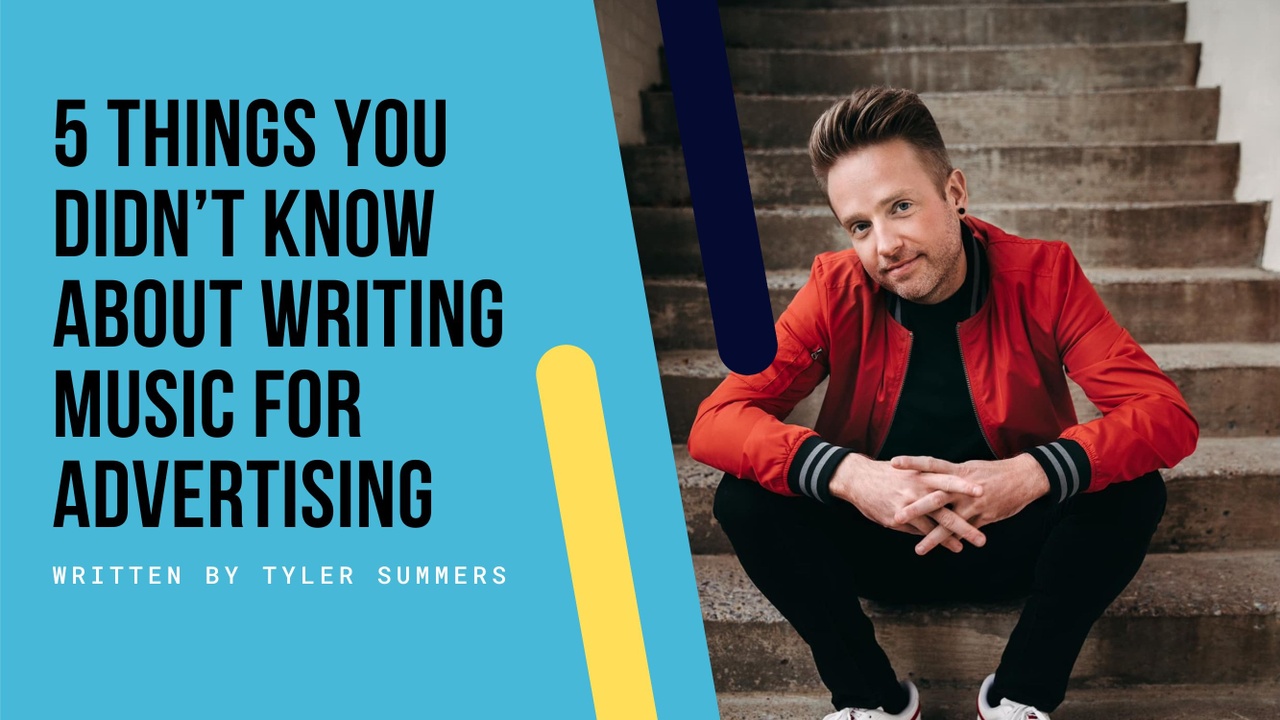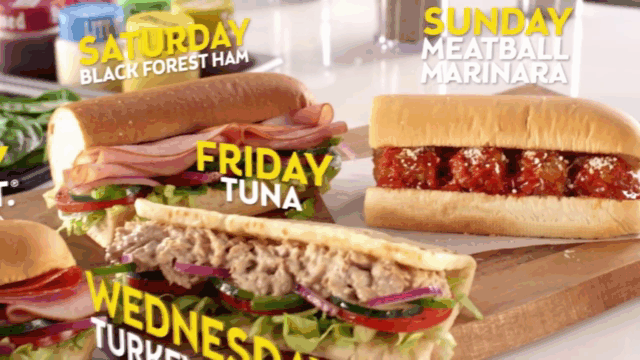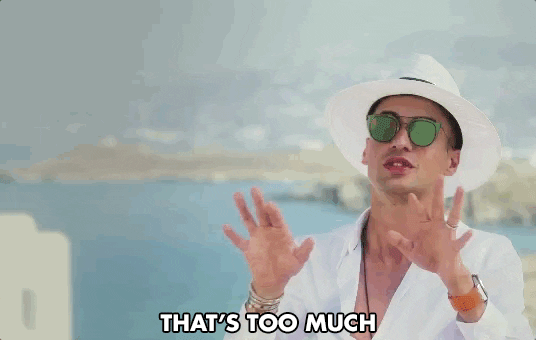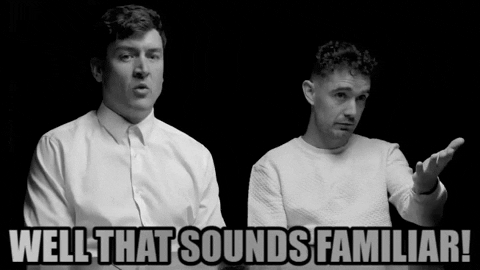5 Things You Didn’t Know About Writing Music For Advertising: Written By Tyler Summers
Nov 10, 2022
5 Things You Didn’t Know About Writing Music For Advertising:
Written By Tyler Summers
The rules for writing advertising music are often not spoken about.
I’m not sure if it’s because gatekeepers want to keep new musicians out of the industry or if musicians are worried about losing out on work if they share their secrets.
But whatever the reason may be, today my goal is to demystify the process for everyone and teach you the need-to-know info about making music for ads so that you can get your track to the front of the line and land your music in the commercial of your dreams.
And trust me, I did not come by this knowledge easily.
Believe it or not, it actually took me 8 years to land my first ad.
It took me 8 years of workshopping my music and pining after every “No” to understand what would truly get me to stand out amongst the rest.
Then, in Year 8, it finally clicked.

It started with a National Subway ad. I remember it so clearly.
I was in my apartment in Nashville getting ready to watch Jimmy Fallon and Subway's newest ad came on on the T.V..
The funny thing is, I didn’t even know my music had been placed until I heard my own voice singing on the track in the background of the commercial.
I couldn’t believe it, after all that hard work and toiling away in the studio, at that very moment, my music was now being heard by tens of thousands of people across the country.
And that was just the beginning.
After that it was Starbucks Christmas ad, then Tommy Hilfiger with Gigi Hadid, Wayfair, Dunkin Donuts, Mcdonalds (twice), and it hasn’t stopped. Those 8 years allowed me time to hone rules and build a framework that I then went on to implement in my compositions, my songs, and my production.
Those 8 years allowed me time to hone rules and build a framework that I then went on to implement in my compositions, my songs, and my production.
Rules that are Battle-Tested and cross all genres be it Singer-Songwriter Acoustic, Throwback R&B, Orchestral, or Pop. No matter what genre you call home, these rules consistently work.
So, without further adieu, let’s jump into the 5 Things You Didn’t Know About Writing Music For Advertising I know, some ads are pop songs, true. However, if you aren’t The Rolling Stones, and you want the best chance to succeed, the concept of form has to be addressed.
I know, some ads are pop songs, true. However, if you aren’t The Rolling Stones, and you want the best chance to succeed, the concept of form has to be addressed.
While a pop song may take 25-30 seconds to get to a chorus, when the decision makers hit play on your track to decide if it would work for their campaign, they won’t wait that long.
Success for me has come when you ‘hint’ at the Chorus, then move into a Verse. And almost ALWAYS, skip an intro, or make it so hooky they won’t hit stop. One of the things I learned early on is that you can’t throw the kitchen sink at them musically.
One of the things I learned early on is that you can’t throw the kitchen sink at them musically.

Oftentimes, decision makers for these ads listen to your song only once. And that one time needs to have 2-3 memorable moments, but anything more than that, their subconscious gets overwhelmed.
A trick I use is to decide what hooks I want them to take away upon first listen with the goal being they gravitate to at least one, so a second listen happens.
Most importantly though, the track can’t be uninteresting and too easily digestible. Imagine you’re taking them on a journey, but they already know where they’re going. It just so happens a few cool things happen along the way. You know you sang it when you saw it. ;)
You know you sang it when you saw it. ;)
In my 15 years of ad writing, I only came across an ask for a Love Song once. It was a Kay Jewelers Campaign. Which makes sense, but Love in Advertising is almost always platonic love. Friendship, Togetherness, and Family is the focus.
Phrases like “There For You” or “I Got You” or “Let’s Get Together” always win in this particular area of the industry. Imagine a family sharing a Starbucks Christmas, or a neighbor helping another neighbor when they’re down and out by cutting their lawn on the latest John Deere Tractor.
Stick to platonic themes and you’ll be ahead of the game. This area and sentiment of the industry is a large one, especially around the holidays.

Melodies are universal, no matter what language you speak, but it's important that you don't overdo it here!
Over the years I learned that again, 2-3 strong melodic hooks are all you need. However, a trick I like to call, “Throw it around the frequencies” allows you to take what’s familiar as a melody and give it a different color.
Here’s an example:
Imagine a vocalist singing a melody. Let’s say she’s a female singer in the upper Alto range. Now what if you take her melody and then move it to the guitar for the next chorus and have the singer sing a new one overtop? This technique creates a great subconscious familiarity mixed with a new flavor for the listener.

If you have 3 solid hooks, or melodies, you can throw those around all over the place and stack them on top of each other. This breeds familiar, but not too familiar.

It’s not their fault.
It’s just how the industry works.
I literally had a client tell me a song needed to be “more purple.”
It’s important to look at things with the end in mind and realize that 3-4 people are going to be sitting in a boardroom and hitting play. So you have to ask yourself, “what would they want to hear?”
There can be a gap between musician and agency that you have to be patient with and learn to navigate. I know many times I took myself and my music WAY too seriously. But you can’t do that in this world.
These decision makers are simply trying to do a job. So, it’s your job to make them feel safe and deliver great tracks. If you do, they will always remember it and come back for more.

This is what has worked for me, but by no means is it a hard and fast rule, but as much as possible I lean into organic sounds.
As we are all made of organic material (well, at least until AI takes off), it’s natural for us to gravitate to real instruments, voices, and words. Even if I’m building an electric heavy track, I try to add in some Vocalese, or a Gang Vocal.
I’ve had a lot of success combining organic sounds with “electric music” over the years. Saxophone on top of a Synth. Acoustic guitar on top of a beat made on an Ableton Loop.
There’s no hard and fast rule, but I’ve seen so clearly that organic sounds work time and time again that I had to include as a quick bonus tip for you.
Plus, some of these organic sounds are literally timeless.
That means a track could sync for decades.
Trust me, it happens!

I hope these 5 tips help you better navigate the advertising space a little more easily. It’s a beautiful part of the industry to be in, and one that isn’t going away.
Companies always need music, and they will always need people like you to create it.
So, if you want to dive even deeper into learning how to write music for ads, I’ve got just the thing.
Join us for an upcoming free training “How to build a BRAND NEW revenue stream for your music in the HIGHLY profitable world of Advertising.”
I’ll be expanding upon everything you read today and showing you real examples of these tactics in action. I’ll show you how you can apply this framework to any genre and get your music placed!
All you have to do is click the link below to sign up.
Oh, did I mention it was FREE?


